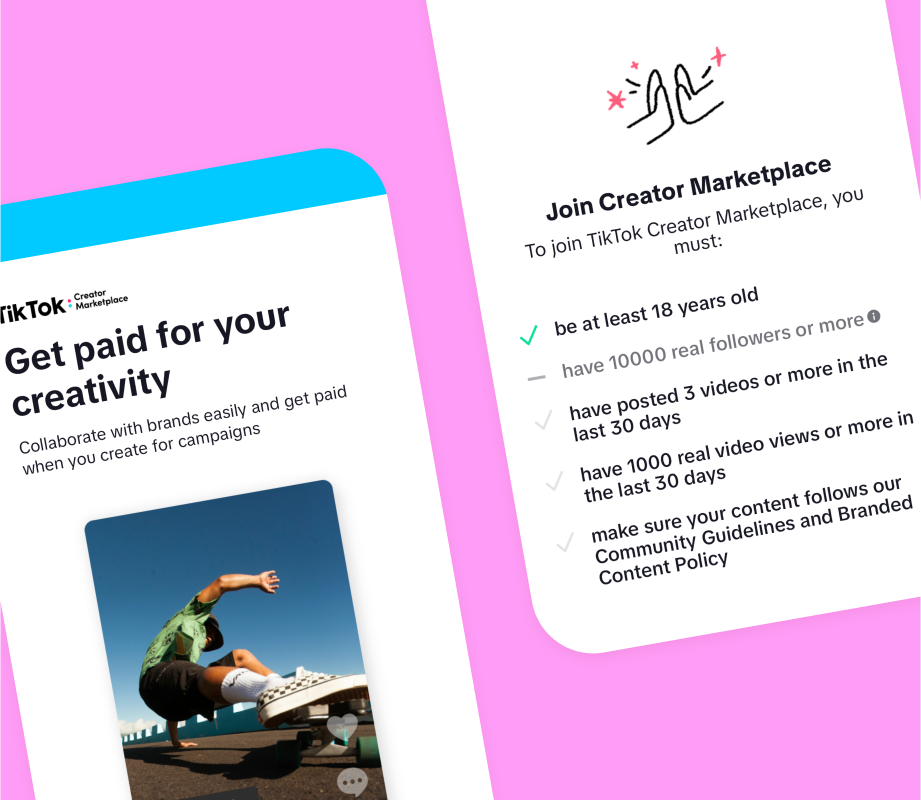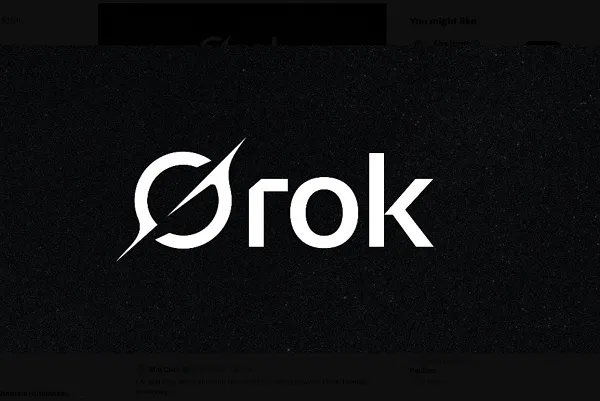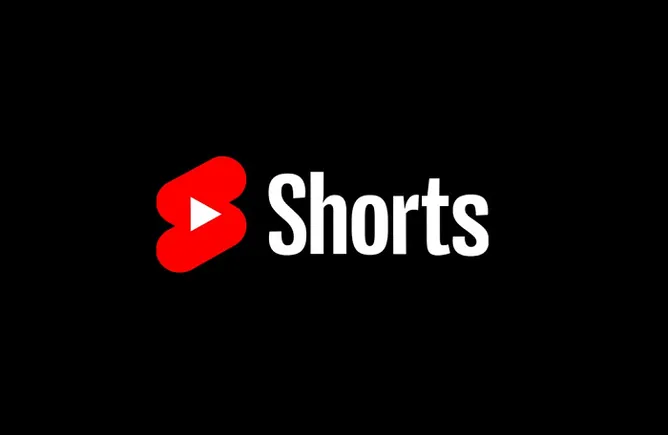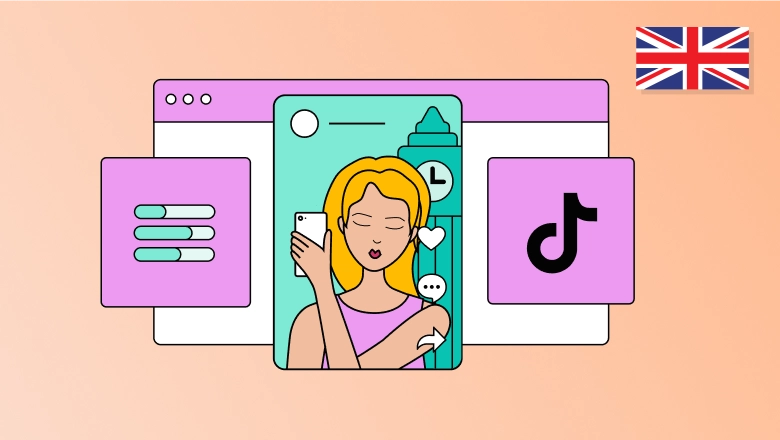The Second Edition of The Business of Being a Writer Officially Releases Today
This new edition dramatically revises and re-envisions how to best help writers understand the business they’re entering.


It’s here! The Business of Being a Writer, Second Edition, is now available from all retailers, in paperback and ebook editions (Bookshop | Amazon | Barnes & Noble).
Why a revision was needed
The first edition released in 2018, and it was written mostly in 2016. While a good chunk of the first edition remains relevant and valid for writers, especially the guidance on book publishing, the sections that address digital media and publishing, magazine publishing, and social media are sorely out of date.
My editor asked me to revise the book, so I said yes.
What’s different about the second edition?
The second edition dramatically revises and re-envisions how to best help writers understand the business they’re entering and how to approach their careers with the same creative spirit as their writing. It offers refreshed examples and updated industry information as well as deeper changes that reflect how my thinking has evolved. Nearly all the sections and even most paragraphs have been updated in some way.
- The book opens differently. I now start with the biggest mindset issues that writers face (part 1). What seems like a small concern or anxiety at first may be the tip of the much larger iceberg that threatens to upend the entire ship. Writers must learn to recognize these issues for what they are and learn how to cope with them because they rarely disappear, even after a writer is well established.
- Platform building constitutes a section of its own. While I don’t believe platform building comes before the work of writing, it has become a first-order business concern, and it’s unfortunately a topic dominated by confusion and bad advice. While a strong platform may help a writer land publishing deals or paid writing gigs, that’s not where its most important value lies. When built with intent and your unique voice, a strong platform supports whatever business model you might create for yourself: it allows you to build the career you want rather than rely on specific people or businesses to grant entry or permission. I deconstruct the components of platform in part 2, with guidance on the technical aspects of websites and email newsletters and an explanation of how they serve as a foundation for growth.
- More book publishing and book marketing information. The number-one question I’ve received over my decades in publishing has always been “How do I get my work published?” or, for book authors, “How do I market, promote, and sell my book?” I’ve included more guidance on book marketing and promotion, as well as self-publishing and hybrid publishing.
- Less industry information on magazine and online media. Because of the ongoing business upheaval surrounding newspapers, magazines, journals, and digital media, I’ve pulled back on in-depth discussion of these industries in the second edition. There is still considerable coverage in part 4 about how to publish short work in all types of print and digital outlets, with how-to information on freelancing and learning to pitch—skills that benefit writers no matter what or where they publish.
- Newly added part 6 on business basics. I familiarize writers with taxes, business formation, contract language, and common legal issues. I recommend that no one skip this part because they think they don’t need it; if you’re interested in this book, you probably do need it now.
- Exercises. Last but not least, this edition adds exercises in all chapters that help you put ideas into action, so you can examine for yourself how the business works.
Publishing will undergo more dramatic evolution in the years ahead, but I’ve tried my best to avoid presenting information that will become irrelevant before the book even reaches your hands.
Do you address artificial intelligence in the second edition?
I added a sidebar in Part 6, under legal issues, giving a high-level overview of the current legal situation pertaining to AI. Best practices around AI use in writing and publishing are still evolving, and I didn’t want to say anything that would be out of date in a short timeframe.
Can’t afford the book?
- Check your local library—the first edition received a starred review from Library Journal, so it is carried by many library systems in both print and ebook form. If your library doesn’t yet have the second edition, ask them to order it; they probably will.
- Check my YouTube channel for interviews and discussions focused on issues presented in the book.
- You can always access the book’s supplementary resources at no cost to you.
- Next week, I’m offering a free class in partnership with Scrivener on what I wish all writers knew about the business of writing. Register.
Already have the book?
I’d love it if you’d leave a rating or review at Goodreads or Amazon.























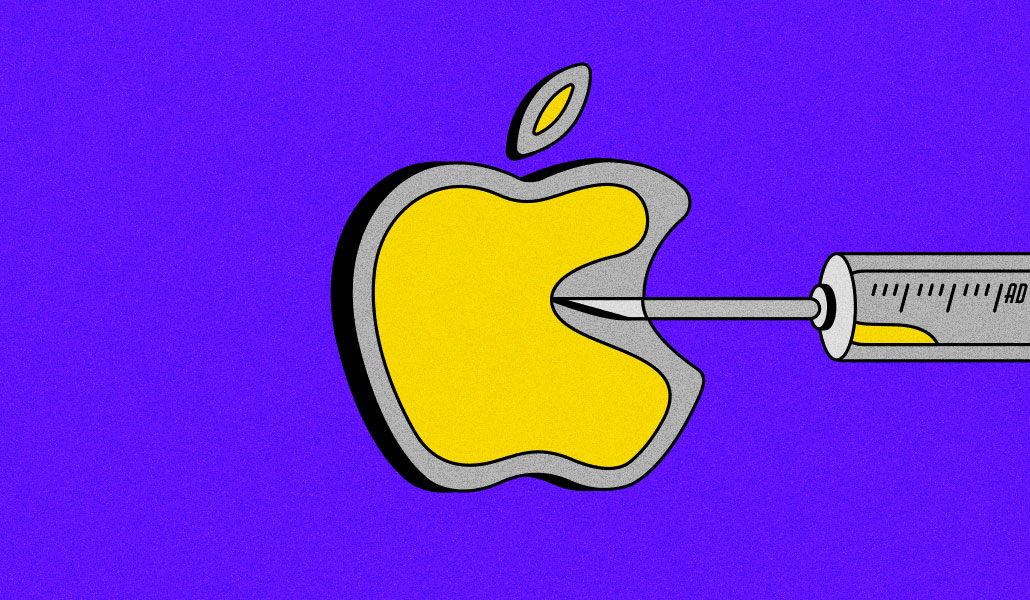



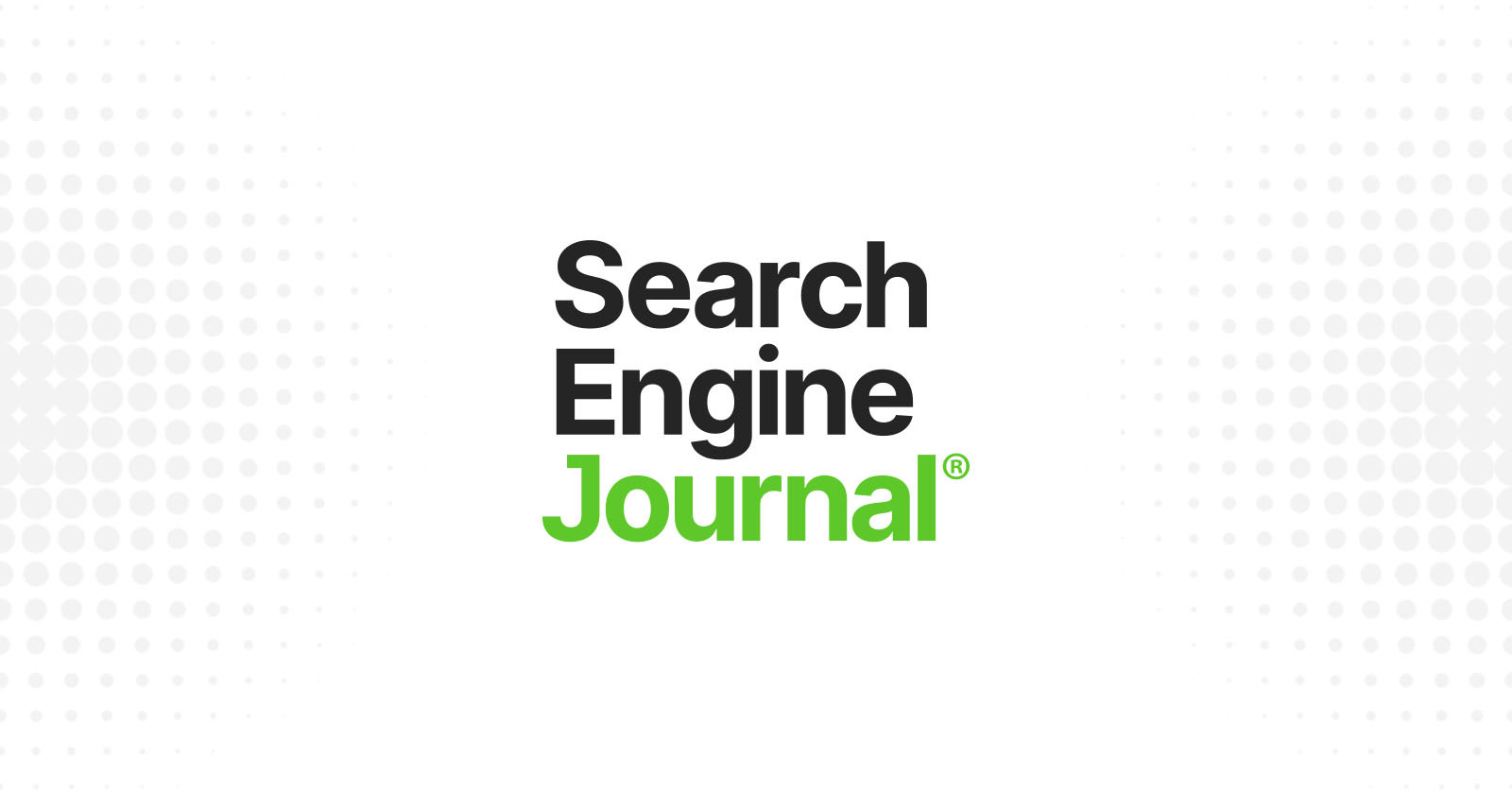









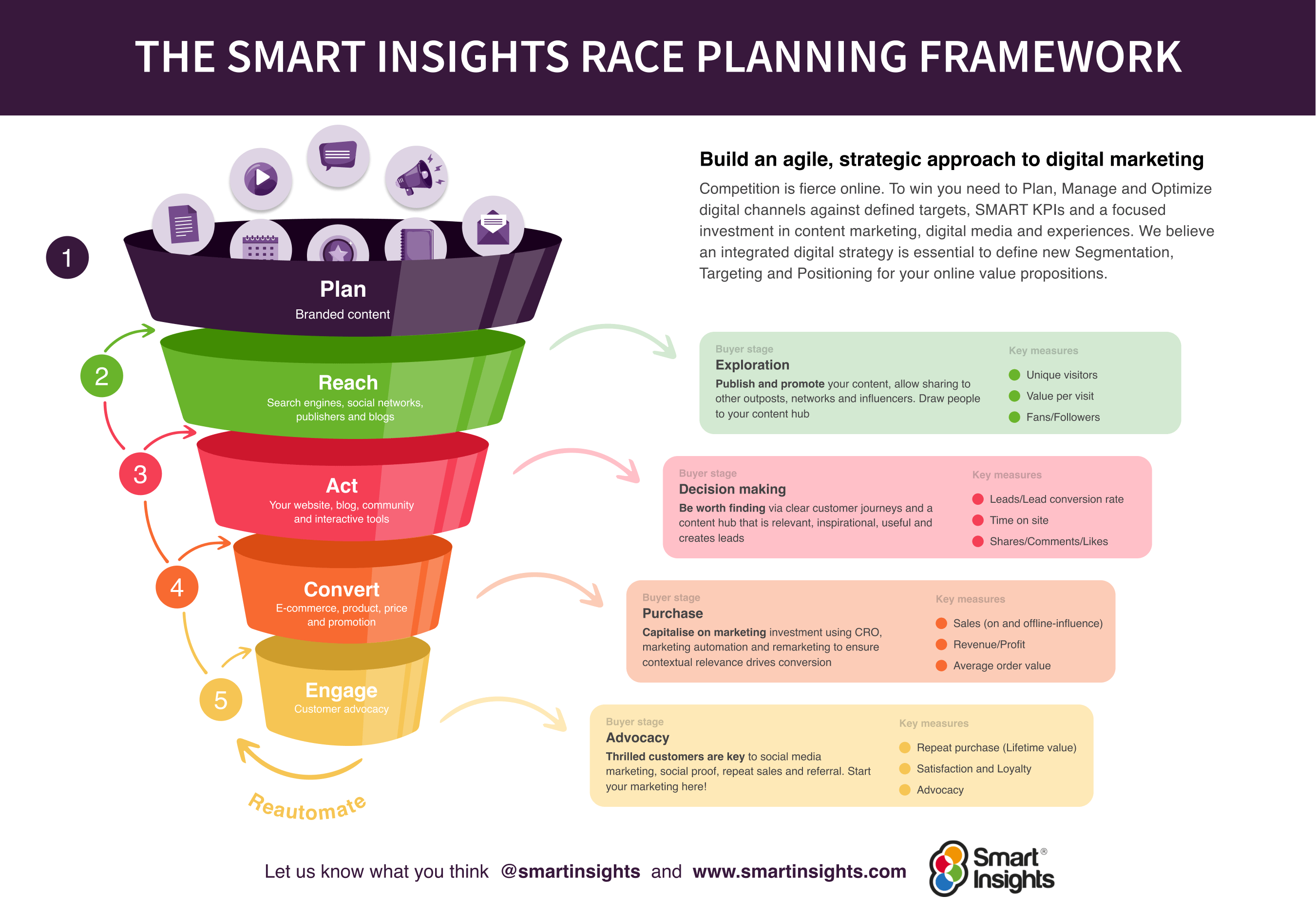
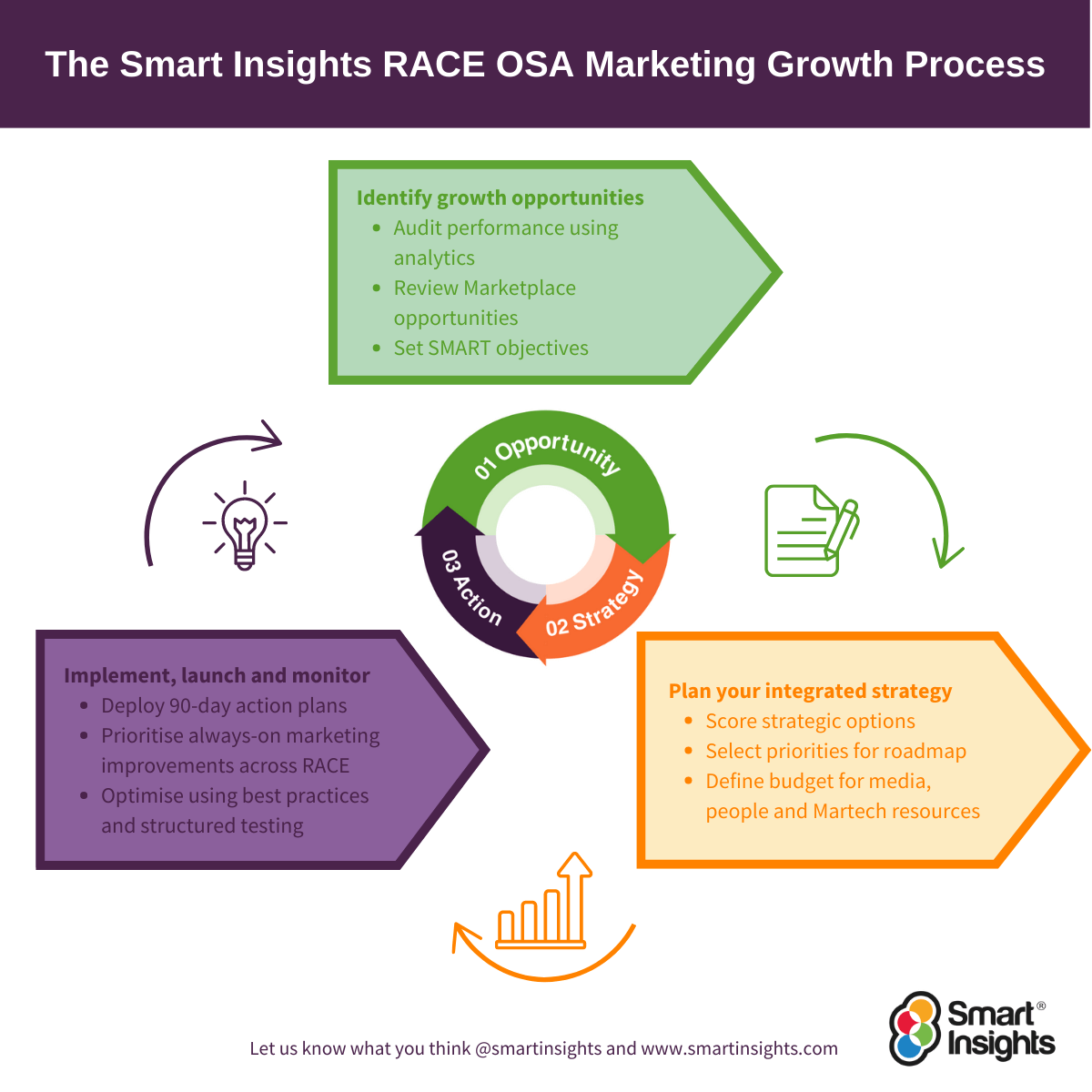
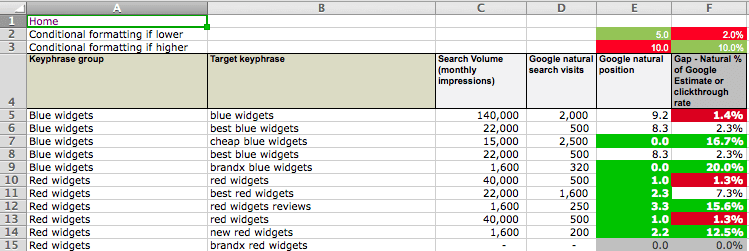








![How Marketers Are Using AI for Writing [Survey]](https://www.growandconvert.com/wp-content/uploads/2025/03/ai-for-writing-1024x682.jpg)







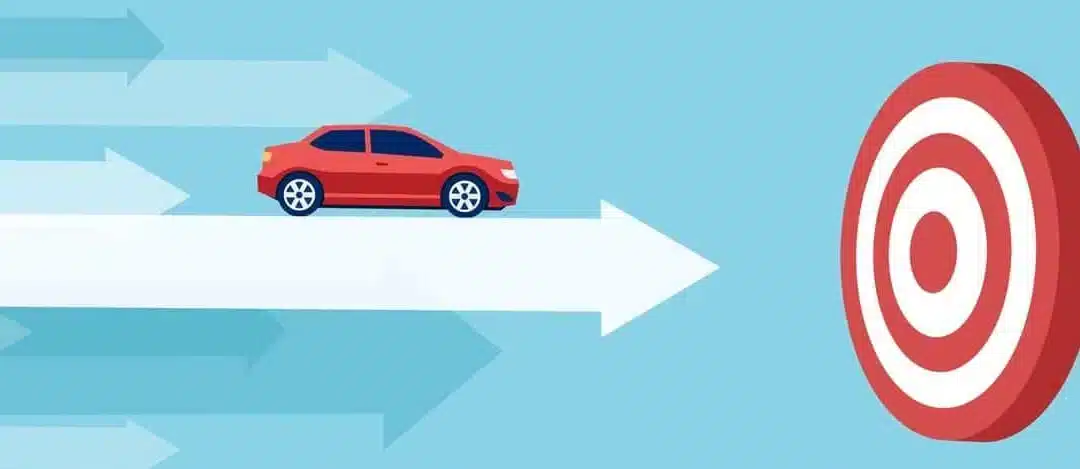
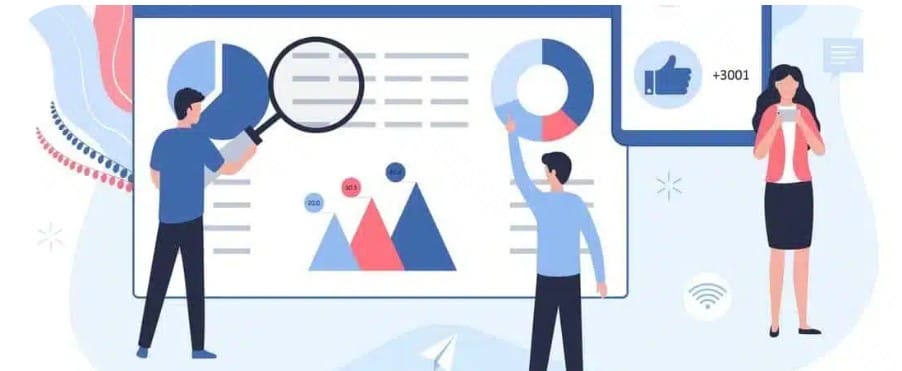




























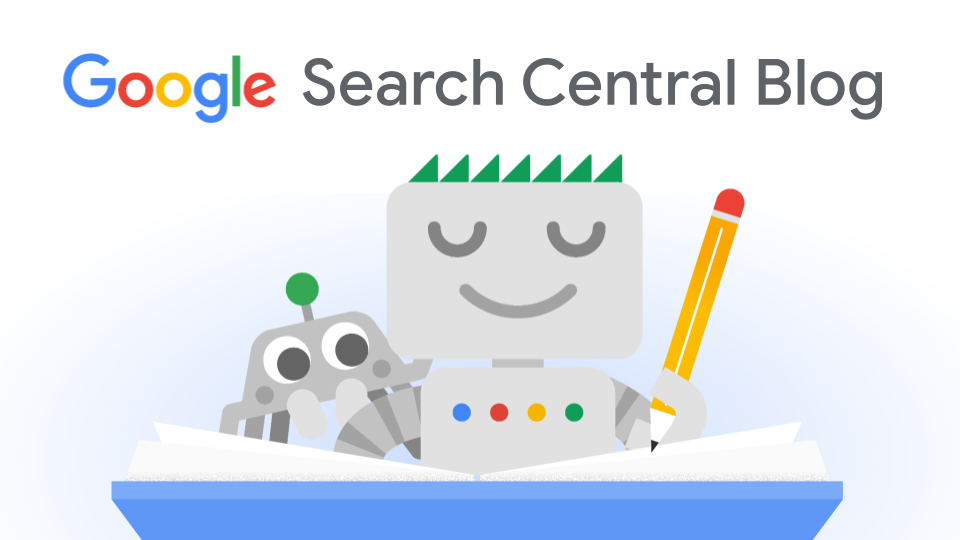







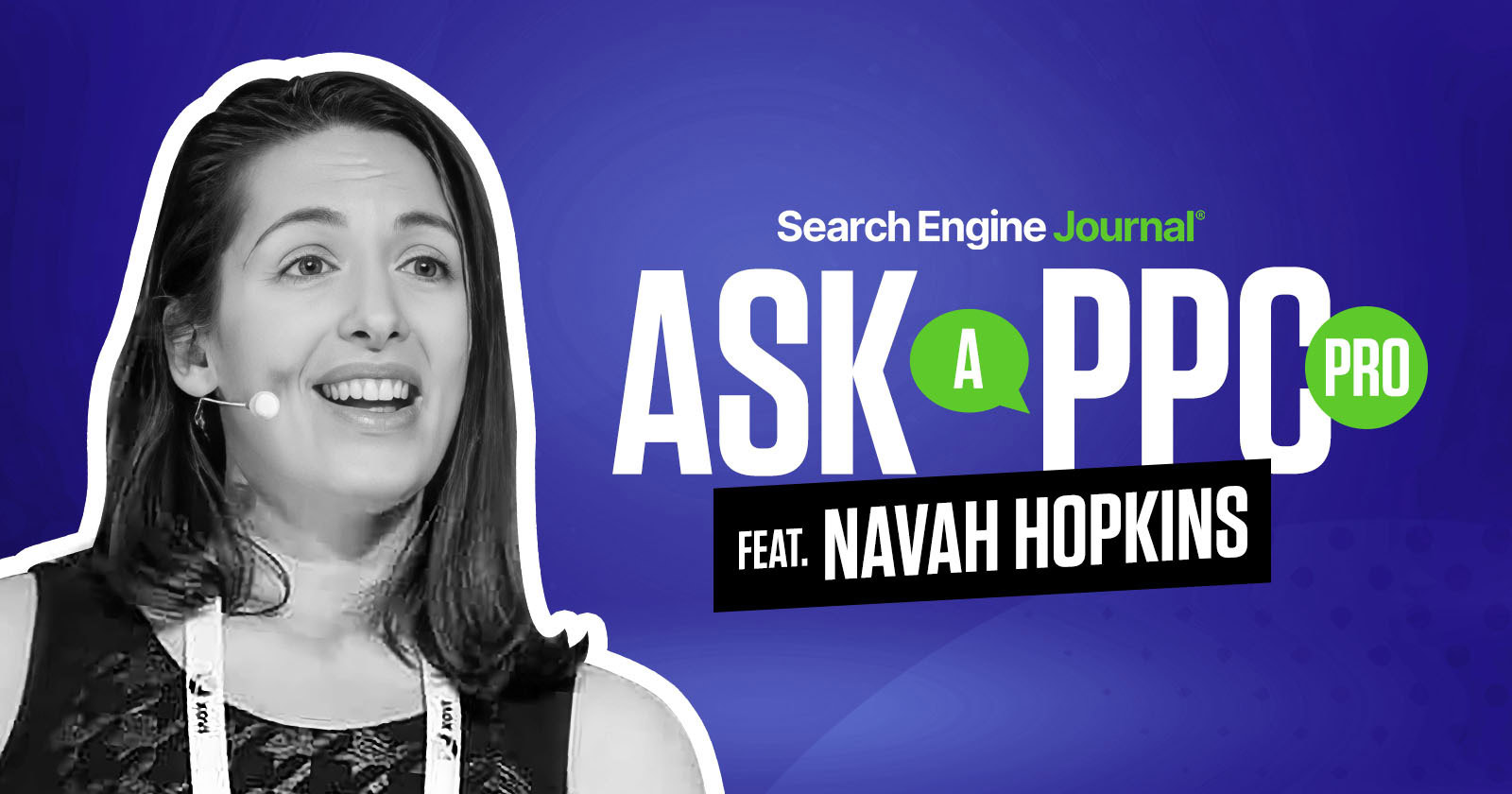

![31 Top Social Media Platforms in 2025 [+ Marketing Tips]](https://static.semrush.com/blog/uploads/media/0b/40/0b40fe7015c46ea017490203e239364a/most-popular-social-media-platforms.svg)


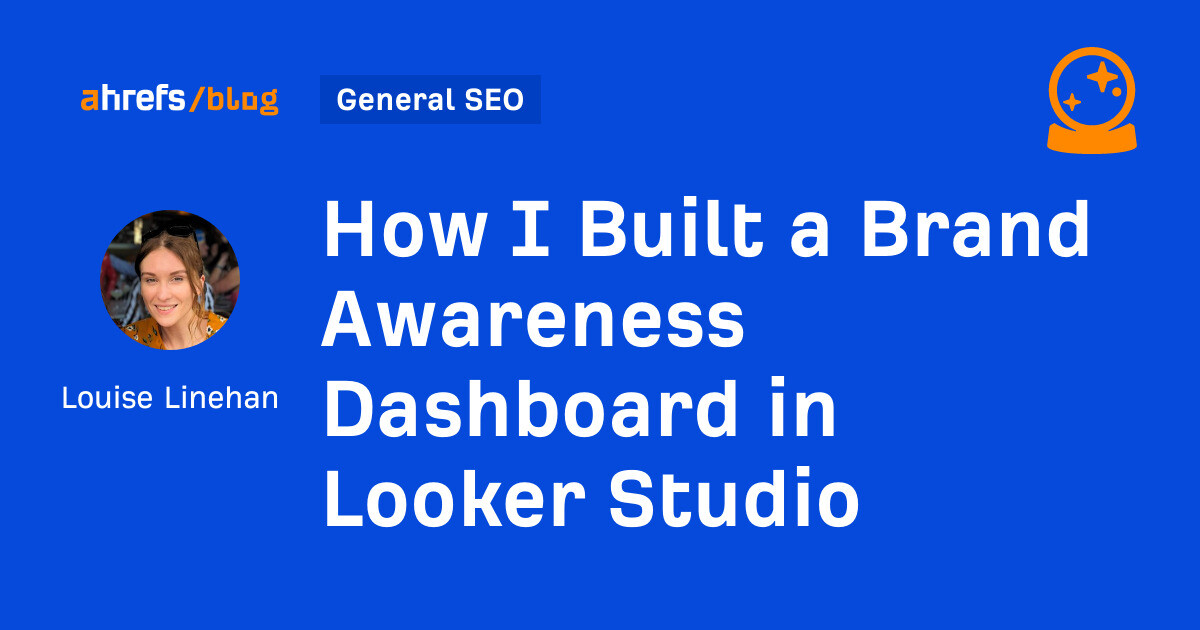
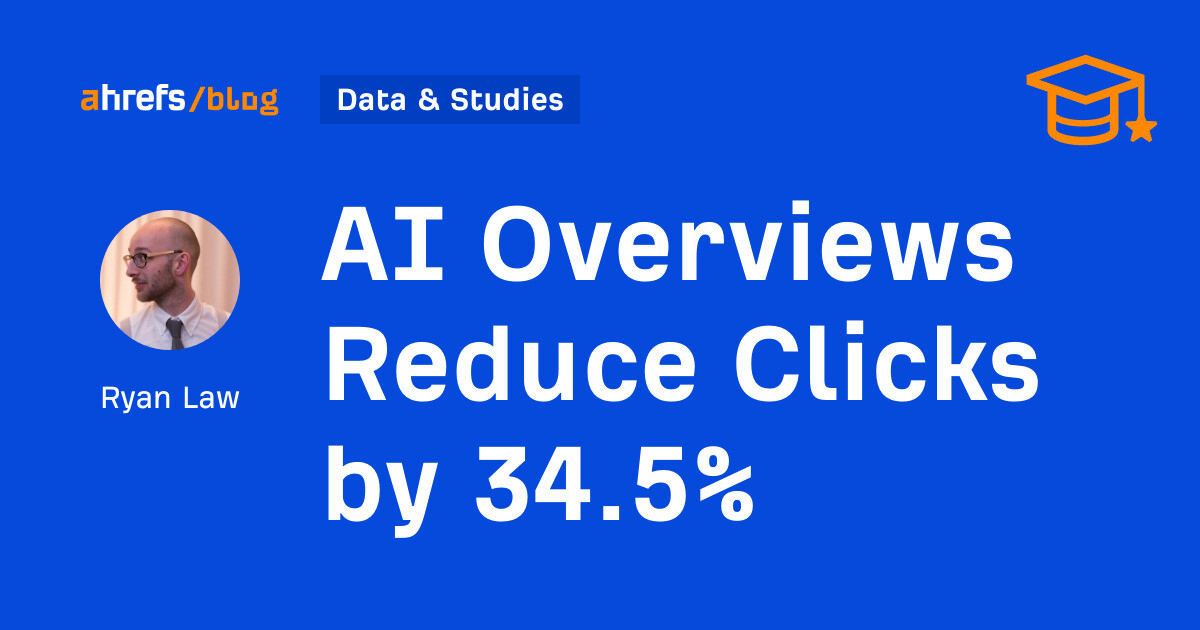
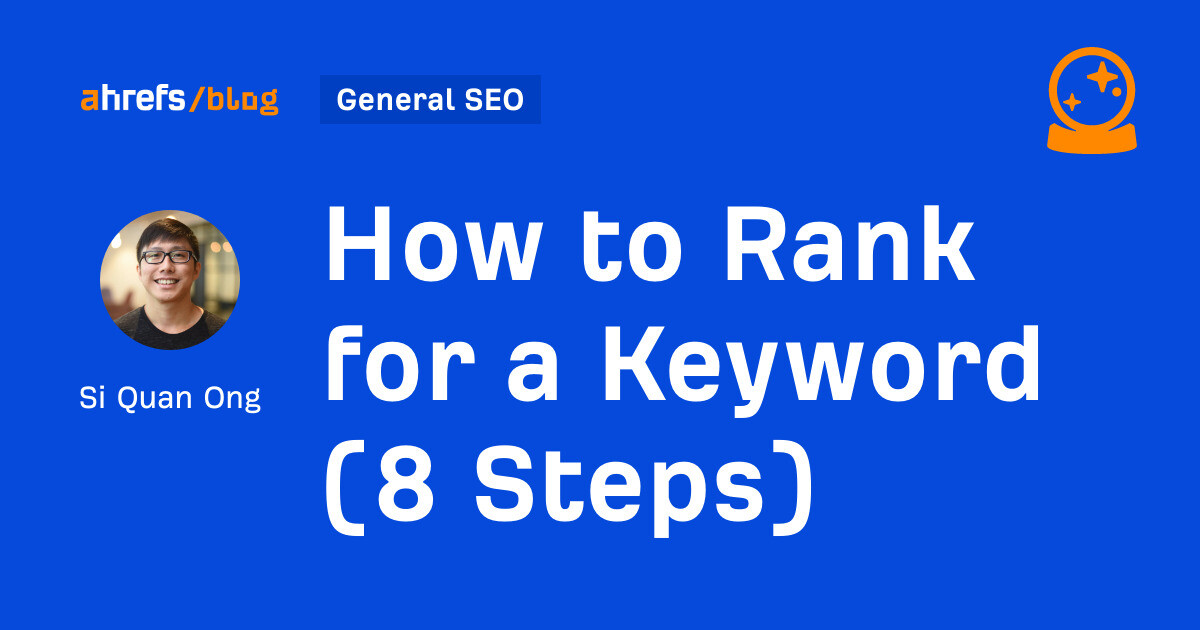
















![Gated Content: What Marketers Need to Know [+ Examples]](https://www.hubspot.com/hubfs/UNGated%20Content.png)



